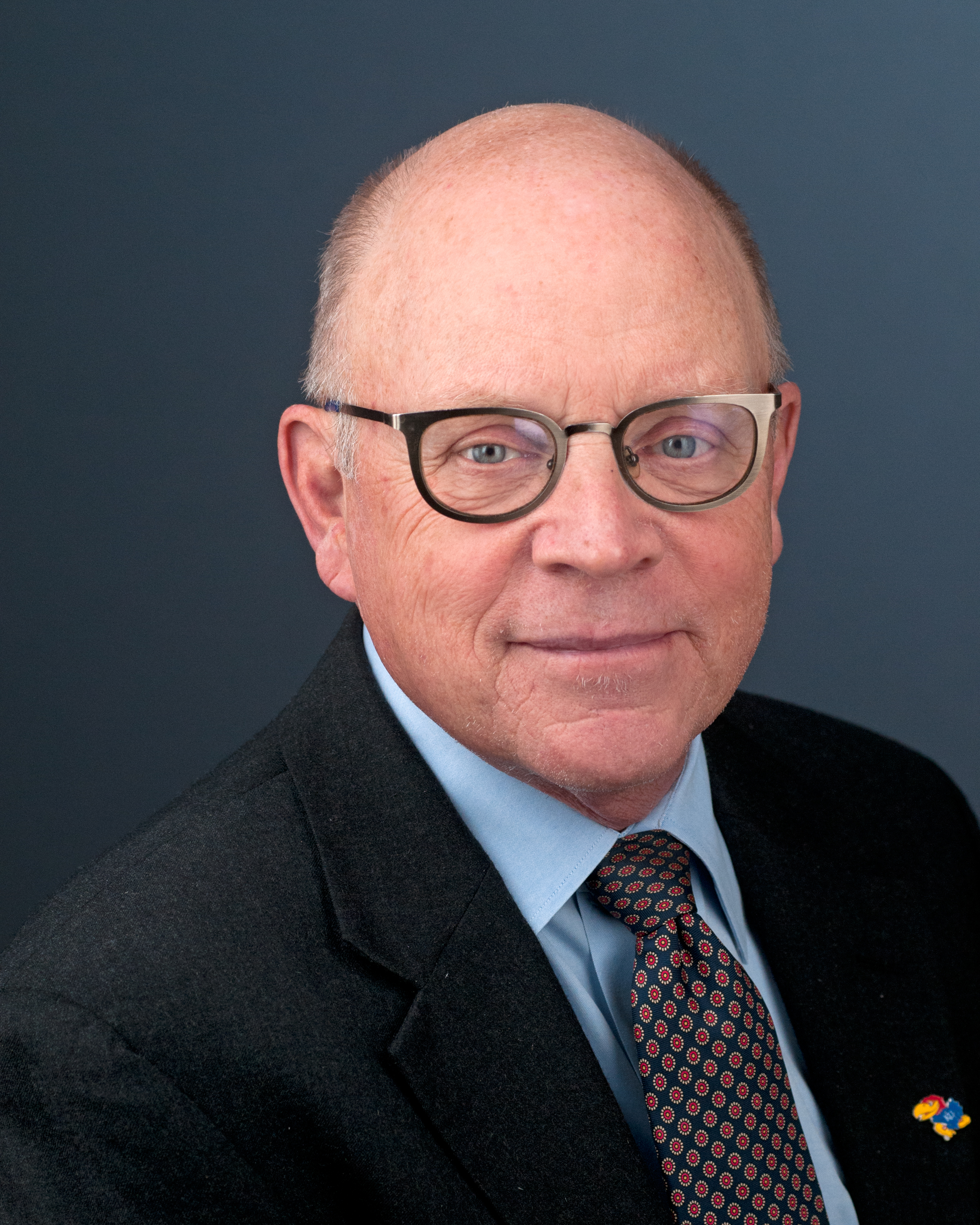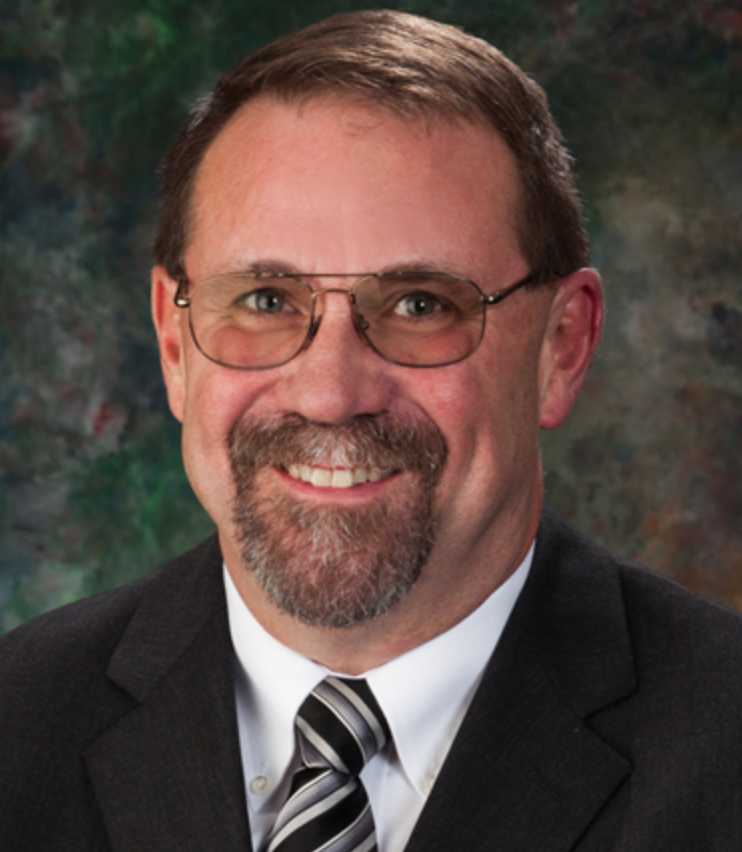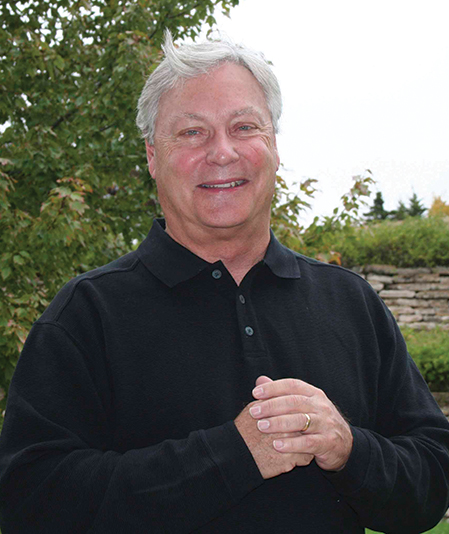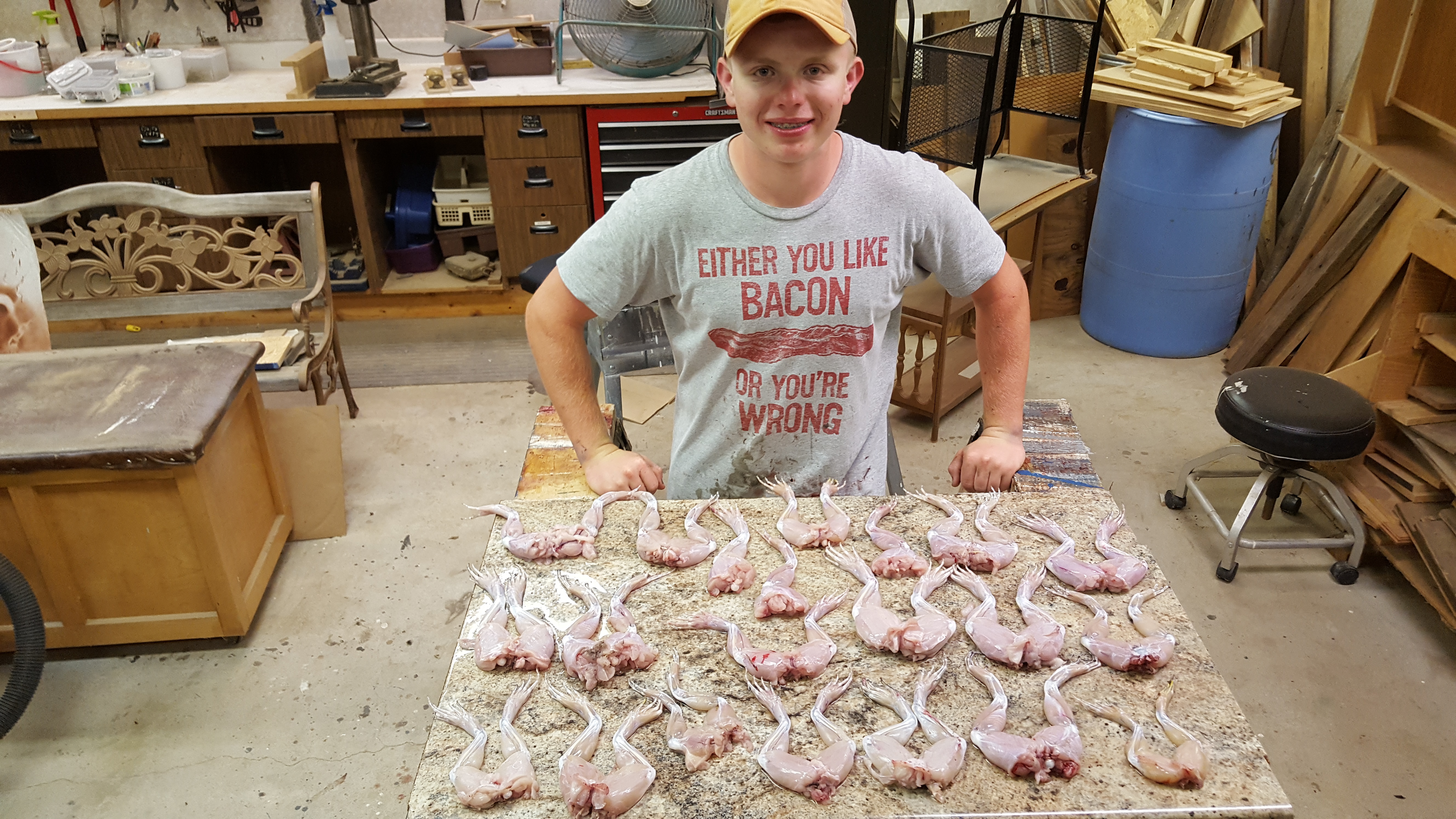
TOPEKA — With a little preparation, resolving a claim with your insurance company does not have to be a frustrating, time-consuming process.
Being prepared with and keeping track of the information your insurance company needs to process the claim is critical. What you do before making the claim will help in reducing the time between the insurance incident and the resolution of your problem.
Kansans should consider the following ideas to assist with the claims process.
- Know your policy. Understand what your policy says. Because it is a contract between you and your insurance company, you need to know what’s covered, what’s not and what your deductibles are.
- File claims as soon as possible. Don’t let the bills or receipts pile up. Call your agent or your company’s claims hotline as soon as possible. Your policy might require that you make the notification within a certain time frame.
- Provide complete, correct information. Be certain to give your insurance company all the necessary information. If your information is incorrect or incomplete, your claim could be delayed.
- Keep copies of all communications. Whenever you communicate with your insurance company, be sure to document the communications. With phone calls, include the date, name and title of the person you spoke with and what was said.
- Ask questions. If there is a disagreement about the claim settlement, ask the company for the specific language in your policy that is in question. Find out if the disagreement is because you interpret the policy differently. If your claim is denied, make sure you have a letter from the company explaining the reason for the denial — including the specific policy language which caused the denial.
- Don’t rush into a settlement. If the first offer your insurance company makes does not meet your expectations, talk with your local insurance agent or seek other professional advice.
- Document auto/homeowners temporary repairs. Auto and homeowners policies might require you to make temporary repairs to protect your property from further damage. Document any damaged personal property for an adjuster to inspect. If possible, take photographs or videotape the damage before making the repairs. Your policy should cover the cost of these temporary repairs, so keep all receipts.
- Don’t make permanent repairs. A company might deny a claim if you make permanent repairs before the damage is inspected. If possible, determine what it will cost to repair your property before you meet with an adjuster. Provide the adjuster any records of improvements you made to the property, and ask him/her for an itemized explanation of the claim settlement offer.
- Seek accident and health claims details. Ask your medical provider to give your insurance company details about your treatment, condition and prognosis. If you suspect your provider is overcharging, ask the insurance company to audit the bill, and verify whether the provider used the proper billing procedure.
- Contact the Kansas Insurance Department (KID). If you continue to have a dispute with your insurance company about the amount or terms of the claims settlement, contact the KID Consumer Assistance Hotline at 1-800-432-2484, or go to the website, www.ksinsurance.org, to use the Chat feature
You can get a claim resolved quicker if you have the consumer know-how to fast track the process.

























